Classification of surge protection devices
SPD classification
Surge protection devices are a broad and generalized concept. This category of devices includes devices that can be divided into classes:
- I class. Designed to protect against the direct effects of lightning. These devices must necessarily be equipped with input distribution devices (ASU) of administrative and industrial buildings and residential apartment buildings.
- II class. They protect electrical distribution networks from overvoltages caused by switching processes, as well as perform the functions of the second stage of protection against the effects of lightning. They are mounted and connected to the network in switchboards.
- III class. They are used to protect the equipment from surge surges caused by residual surges and asymmetric voltage distribution between the phase and the neutral wire. Devices of this class also work in the mode of high-frequency interference filters. Most relevant for the conditions of a private house or apartment, they are connected and installed directly by consumers. Especially popular are devices that are manufactured as modules equipped with a quick-mount for mounting on din rail, or have the configuration of electrical outlets or mains plugs.
Device types
All devices that provide surge protection are divided into two types, which differ in design and principle of operation. Consider how different types of SPDs work.
Gate and spark arresters. The principle of operation of arresters is based on the use of the effect of spark gaps. The design of the arresters has an air gap in the jumper connecting the phases of the power line to the ground loop. At rated voltage, the circuit in the jumper is broken. In case of lightning discharge as a result overvoltage breakdown of the air gap occurs in the power transmission line, the circuit between the phase and the earth closes, the high-voltage pulse goes directly to the ground. The design of the valve arrester in the circuit with a spark gap provides a resistor on which the high-voltage pulse is suppressed. Dischargers in most cases are used in high voltage networks.
Surge arresters. These devices replaced the obsolete and bulky arresters. In order to understand how the limiter works, we need to recall the properties of nonlinear resistors, operating principle of arrester built on the use of their current-voltage characteristics. A varistor is used as non-linear resistors in an SPD. For people not experienced in the intricacies of electrical engineering, a little information about what it consists of and how it works. As the main material for the manufacture of varistors is zinc oxide. In a mixture with oxides of other metals, an assembly is created consisting of p-n junctions with current-voltage characteristics. When the voltage in the network corresponds to the rated parameters, the current in the varistor circuit is close to zero. At the time of overvoltage at p-n junctions, a sharp increase in current occurs, which leads to a decrease in voltage to a nominal value. After normalizing the network parameters, the varistor returns to non-conductive mode and does not affect the operation of the device.
The compact size of the arrester and the wide range of varieties of these devices have significantly expanded the scope of application of these devices, it is possible to use an SPD as a surge protection device for a private house or apartment. However, the surge voltage limiters assembled on varistors, despite all their advantages compared to arresters, have one significant drawback - the limitation of the service life. Due to the thermal protection built into them, the device after operation remains inoperative for some time, for this reason a quick-detachable device is provided on the SPD case, which allows for quick module replacement.
You can learn more about what an SPD is and what its purpose is from the video:
How to equip protection?
Before proceeding with the installation and connection of surge protection, it is necessary make grounding in the houseotherwise, all the work on arranging the SPD will lose all meaning. The classic scheme provides 3 levels of protection. At the input, arresters are installed (SPD class I), providing lightning protection. The next class II protective device, usually an arrester, is connected in the switchboard of the house. The degree of its protection should provide a reduction in overvoltage to safe parameters for household appliances and the lighting network. In the immediate vicinity of electronic products sensitive to fluctuations in current and voltage, it is desirable connect SPD class III.
When connecting an SPD, it is necessary to provide for their current protection and short-circuit protection with an introductory circuit breaker or fuses. We will tell you more about the installation of these protective devices in a separate article.
In the end, we recommend watching a useful video, which details the classification of surge protection devices, the principle of operation and tips for choosing a suitable device:
So we examined the principle of operation of the SPD, classes and the difference between them. We hope the information provided was useful to you!
It will be interesting to read:

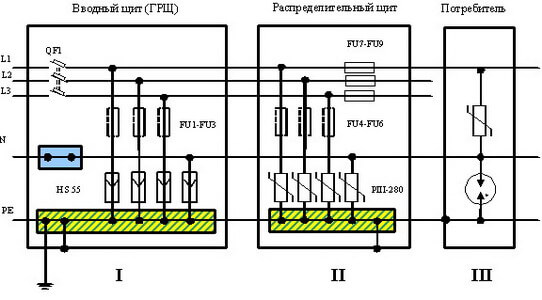
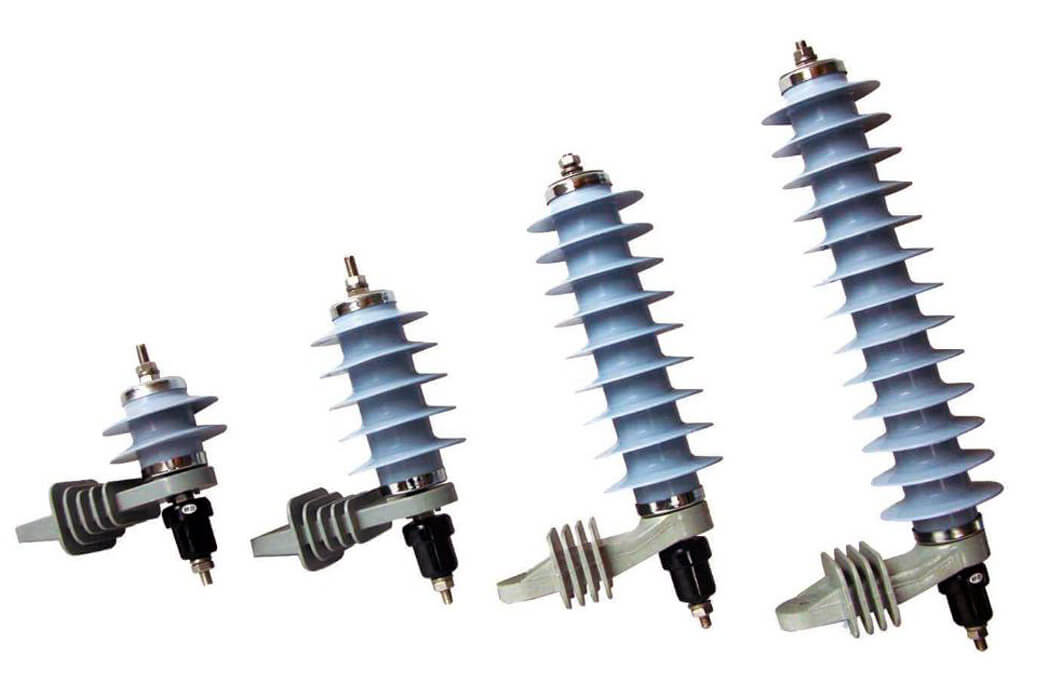
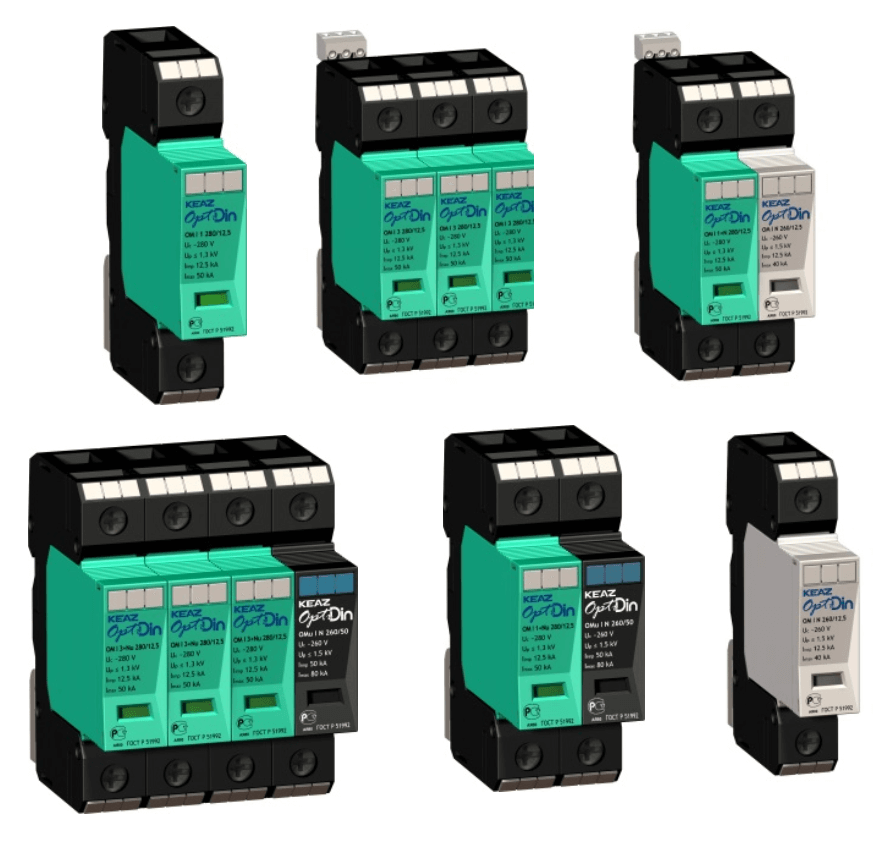
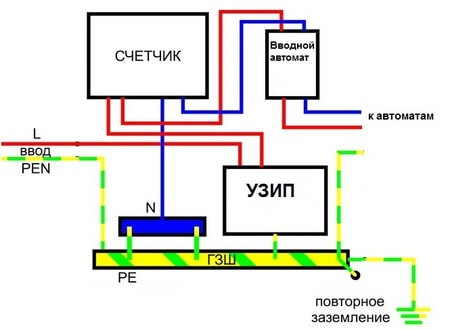

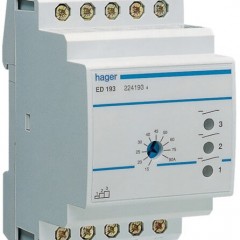
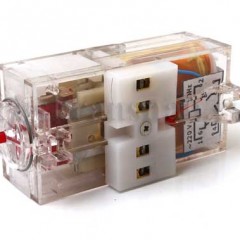
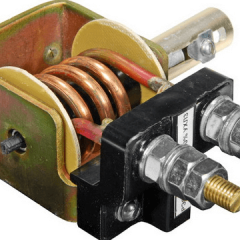

It is interesting, but how to use an SPD in the CT grounding circuit?